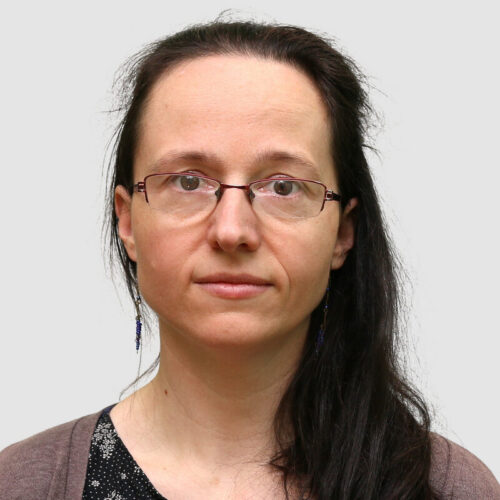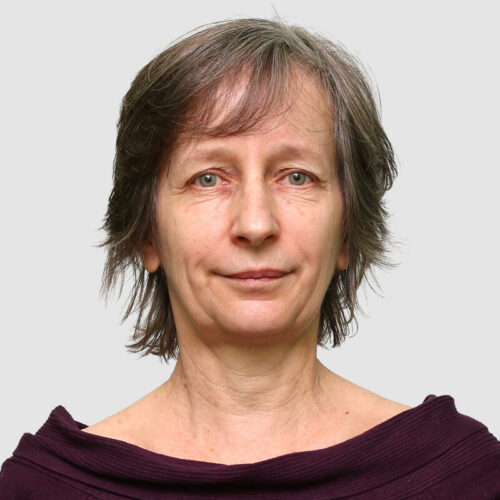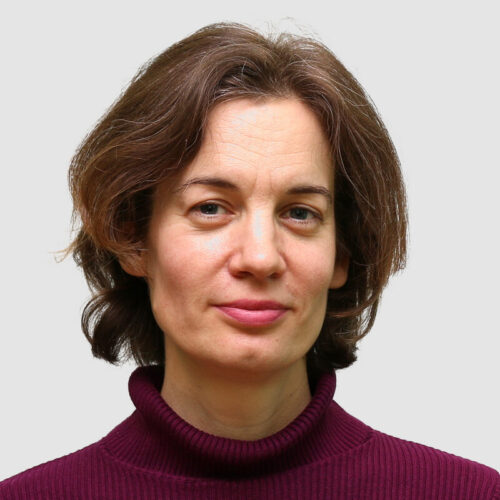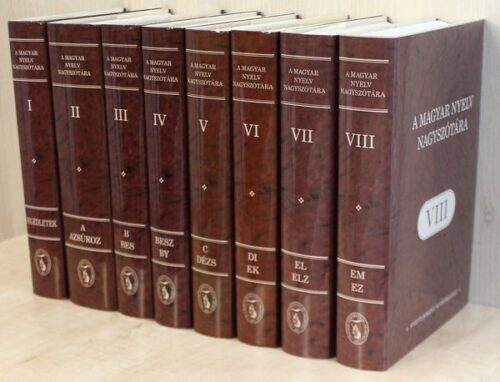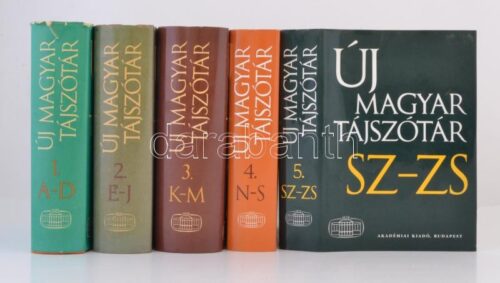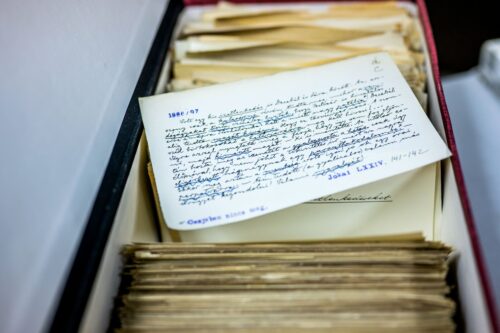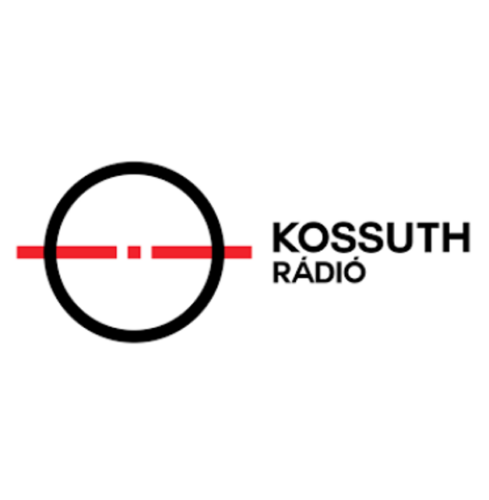Working Group of the Comprehensive Dictionary of Hungarian•Research area
The working group’s public mission is the creation of the Comprehensive Dictionary of the Hungarian. Previously, the working group operated as part of the Dictionary Department, which was primarily responsible for creating Hungarian monolingual dictionaries since the establishment of the Research Institute for Linguistics. Within this community, the Explanatory Dictionary of the Hungarian Language (Volumes I-VII, edited by Géza Bárczi and László Országh, Budapest, Akadémiai Kiadó, 1959–1962) and the Concise Dictionary of Hungarian (edited by József Juhász, István Szőke, Gábor O. Nagy, and Miklós Kovalovszky, Budapest, Akadémiai Kiadó, 1972; second extended version: 2003, chief ed. Ferenc Pusztai) were produced.
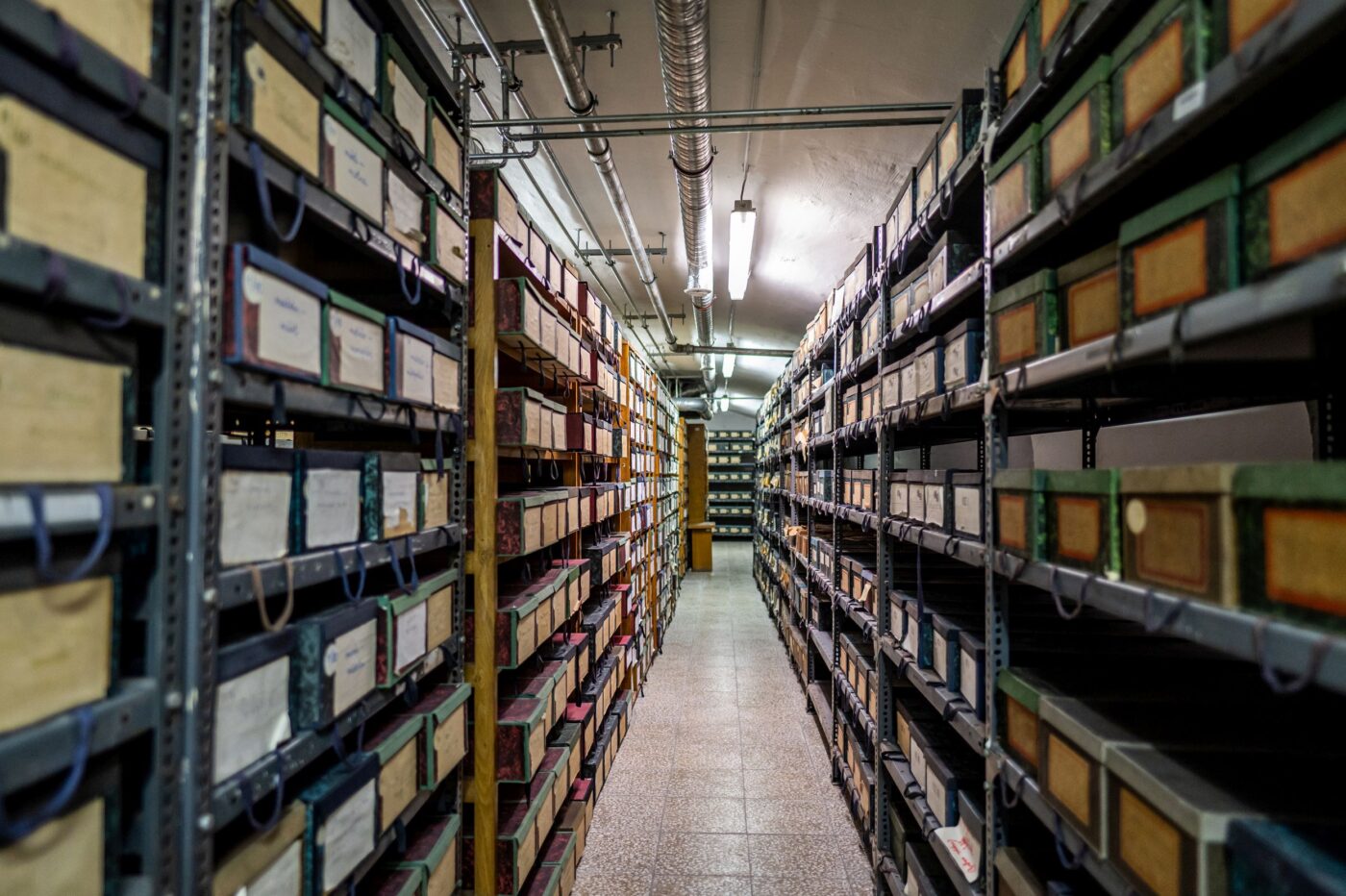
In 1831, the Hungarian Scholarly Society (the predecessor of the Hungarian Academy of Sciences) decided to create the Great Hungarian Dictionary. Despite several significant initiatives, none achieved the scale and depth of a comprehensive dictionary. In 1985, data collection for the modern comprehensive dictionary began on a new basis: an electronically recorded corpus that could be used as a database was compiled, and lexicographical work started after 2000. The Comprehensive Dictionary of the Hungarian is the largest dictionary undertaking in Hungarian lexicography to date, representing a new genre not yet present in Hungarian lexicographical practice. According to the editorial concept approved by the Hungarian Academy of Sciences in 2000, it primarily processes the vocabulary of the standard and literary language, and to a lesser extent, other linguistic layers (dialects, technical language, slang, etc.) using printed texts from the language reform era to the present day. Its source material includes the 35-million-word electronic Hungarian Historical Corpus, an archival collection of about 6 million slips created from the late 19th century to the mid-20th century, and a collection of CD-ROMs. The Hungarian Historical Corpus is accessible for research purposes to external users through the dictionary’s website, as is the database of bibliographic data of the sources.
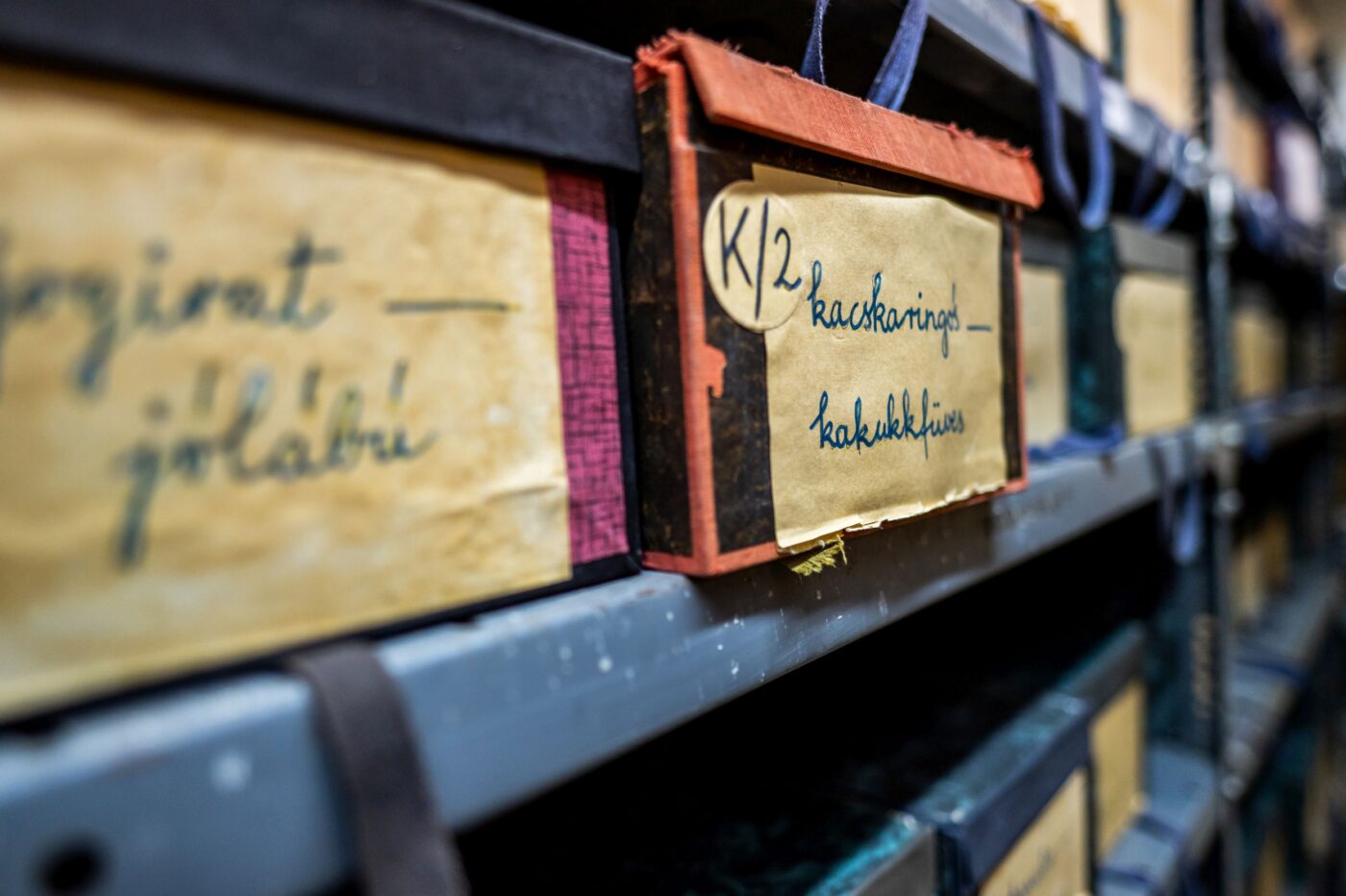
This comprehensive, general-purpose, and historical type dictionary presents the vocabulary of the period from 1772 to 2020 with a richer set of headwords and more detailed meanings than any previous dictionary, illustrating the historical development of lexemes. The meanings are illustrated with example sentences, specifying their exact source. In all cases, the dictionary includes the first occurrence of the given meaning in the corpus and, in line with modern international lexicographical practice, clearly distinguishes and processes word data and so-called interpreted phrases (idioms) as separate linguistic units. The dictionary also contains a significant number of technical terms and, uniquely in the history of Hungarian lexicography, has their interpretations professionally reviewed by prominent representatives of the respective scientific or technical fields.
The series, planned to consist of more than 20 volumes, available in print and online since 2017, processes 110,000 headwords in approximately 100,000 entries. The first eight volumes of the Comprehensive Dictionary of the Hungarian were published between 2006 and 2021. From 2022, the completed dictionary entries are continuously published on the dictionary’s online platform. The volumes of the Comprehensive Dictionary of the Hungarian are also accessible online at nagyszotar.nytud.hu.
 | Editor in chief: Nóra Ittzés, PhD Email: ittzes.nora@nytud.elte.hu Phone: +36 (1) 342-9372/6035 |
Working Group of the Comprehensive Dictionary of Hungarian•Staff




